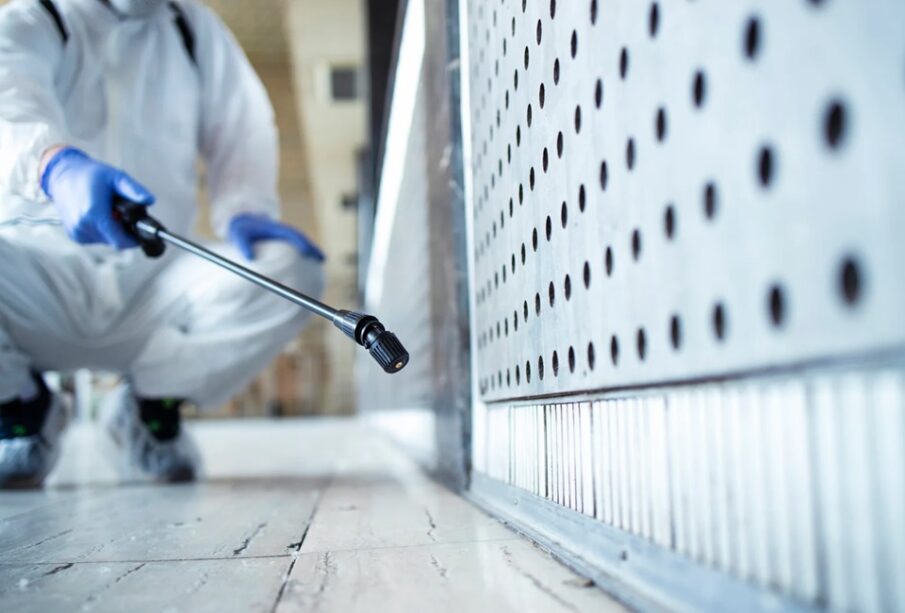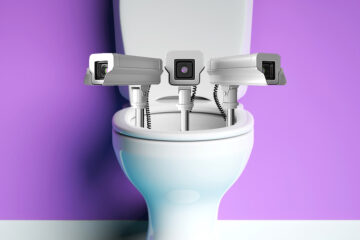A Comprehensive Guide to Structural Fumigation: Keeping Pests at Bay

When it comes to battling pests invading our homes, sometimes, standard pest control methods just won’t cut it. That’s where structural fumigation steps in. It’s a powerful tool designed to tackle severe infestations head-on, ensuring those pesky critters are thoroughly eradicated from your living space.
In this guide, we’ll delve into everything you need to know about structural fumigation, from what it is to how it works and what to expect.
What is Structural Fumigation?
Structural fumigation is a specialized pest control method used to eliminate widespread infestations of pests like termites, bed bugs, and certain types of beetles.
Unlike traditional pest control measures that target specific areas or individual pests, fumigation blankets your entire home or building with a gas that penetrates deep into cracks, crevices, and even the wood itself, reaching pests wherever they may hide.
How Does Structural Fumigation Work?
Before the fumigation process begins, thorough preparation is essential. This includes sealing food items, removing plants and pets, and ensuring all occupants vacate the premises for safety. Once preparations are complete, pest control professionals will tent your home or building with a large, airtight cover, creating a sealed environment. Next comes the introduction of the fumigant gas, which is carefully measured and released into the structure.
The fumigant gas works by suffocating pests, disrupting their respiratory systems, and interfering with their ability to reproduce. It’s a highly effective method for eradicating even the most resilient pests, ensuring that no corner of your home is left untouched. After a predetermined exposure period, the fumigant gas is ventilated out of the structure, leaving behind a pest-free environment.
When is Structural Fumigation Necessary?
Structural fumigation is typically recommended in cases of severe pest infestations where traditional pest control methods have proven ineffective. Common scenarios that may warrant structural fumigation include widespread termite infestations, bed bug outbreaks, and invasive beetle infestations.
If you notice signs of extensive pest activity, such as droppings, shed wings, or structural damage, it’s crucial to seek professional pest control assistance promptly.
What to Expect During Structural Fumigation
Undergoing structural fumigation can feel overwhelming, but knowing what to expect can help ease any anxieties. During the fumigation process, you’ll need to vacate your home along with any pets, plants, and food items. Depending on the size of your property and the severity of the infestation, the fumigation process can take anywhere from a few hours to several days.
Once the fumigation process is complete, pest control professionals will thoroughly ventilate your home to ensure it’s safe for re-entry. It’s normal to notice a slight odor lingering after fumigation, but this will dissipate over time. Before allowing occupants to return, pest control professionals will conduct comprehensive safety checks to ensure the environment is free from any lingering fumigant residues.
Conclusion
Structural fumigation is a powerful tool in the fight against pests, offering a comprehensive solution for severe infestations. By blanketing your entire home or building with a potent fumigant gas, structural fumigation effectively eradicates pests from even the most hard-to-reach places.
If you’re facing a stubborn pest infestation that traditional methods haven’t been able to conquer, consider reaching out to a pest control professional to discuss whether structural fumigation is the right solution for you.









